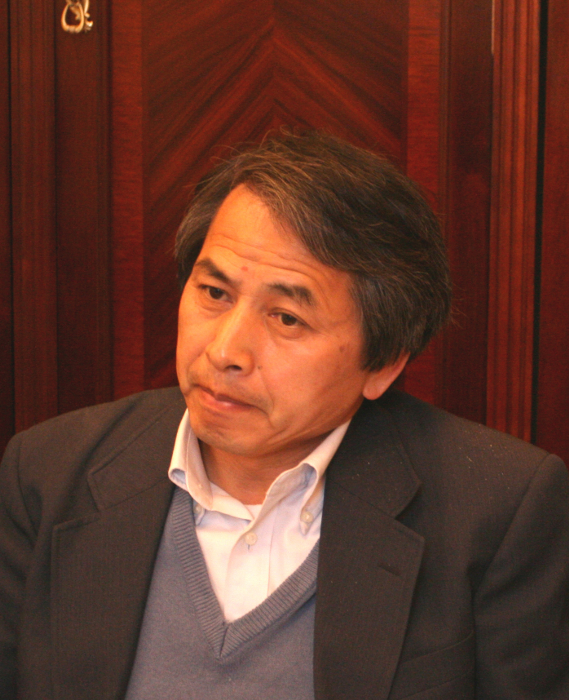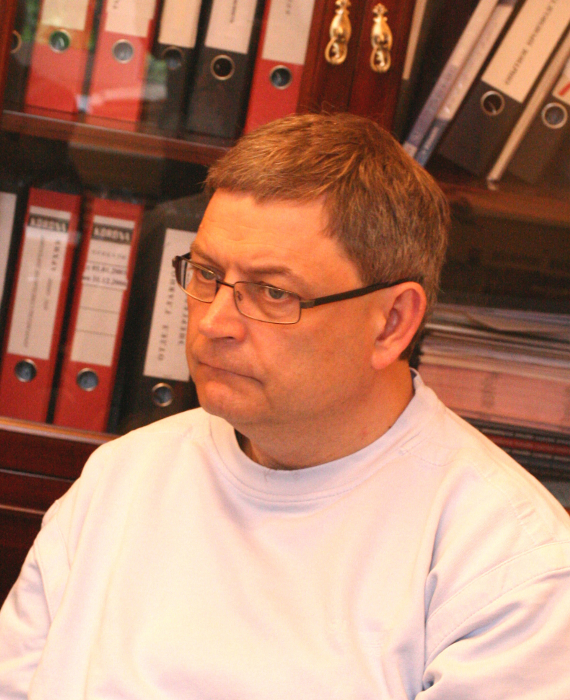Director's Corner
5 March 2009
 Barry Barish |
ILC R&D plan updated
We characterise the present period of the Global Design Effort activities as a four-year programme to prepare ourselves to be ready to propose a well conceived ILC construction project to collaborating governments by around 2012. The technical description of our R&D programme to achieve this goal is summarised in the document “ILC Research and Development Plan for the Technical Design Phase.” This is a ‘living’ document, in the sense that we are updating it every six months to maintain a current description of our programme, goals and resources. We have just published the third release of this document in February. It is both an update and contains more complete descriptions of some of our work.
In order to be ready for 2012, we must succeed at our technical R&D goals and produce a technical design that is reliably costed and is technically sound. We have organised the efforts to achieve those goals around our three project managers Marc Ross (Fermilab), Nick Walker (DESY) and Akira Yamamoto (KEK). In addition, we are also working on a project implementation plan that will address governance, collaboration, finances, industrialisation and other practical consideration necessary to form a collaboration between governments for the ILC. For the technical part, especially with the limited resources we have available, we have defined a prioritised R&D programme, as well as work toward a design optimised for cost, performance and risk. It is this programme that is addressed in the newly released R&D Plan.
 Akira Yamamoto, KEK, project manager for SCRF systems Akira Yamamoto, KEK, project manager for SCRF systems |
 Marc Ross, Fermilab, project manager for conventional facilities Marc Ross, Fermilab, project manager for conventional facilities |
 Nick Walker, DESY, project manager for accelerator systems Nick Walker, DESY, project manager for accelerator systems |
One of the key R&D sections of the report describes the critical R&D goals, resources and schedule for superconducting radiofrequency (RF) technology, coordinated by Akira Yamamoto. The document lists the planned tests on cavity gradient and reviews the information that should be available for a decision on the operating gradient at the end of the Technical Design Phase-1 in 2010. It also describes the design strategies for cavity integration and the plans for systems tests building towards our eventual goal (called S2) of having a test setup with "a single klystron and modulator driving 26 cavities in three cryomodules in a 9-8-9 configuration with a suitable RF distribution system; quadrupole package at the centre of the 8-cavity cryomodule. Demonstration of an average accelerating gradient of 31.5 MV/m at Q0 = 1010 in the cryomodule operation with full beam-loading and handling." At present, this last set of tests would happen in the continuing R&D programme after 2012, but still before we begin the construction of the ILC.
Another key feature of the plan is to systematically address the machine design and cost reduction activities. The strategy is to "focus on a detailed review of the cost-drivers of the RDR collider design, with a view to a re-baseline at the end of TD Phase-1 (2010). We expect to see an increase in global engineering and technical resources in TD Phase-2 to enable further conceptual engineering design of the new baseline configuration, resulting in a robust and defendable update of the VALUE estimate by the end of TD Phase 2 and subsequent submission of the TDR (technical design report)." One branch of this activity will focus on conventional facilities and siting, where we expect significant potential for cost reduction. Questions involving two tunnels versus one tunnel, shallow sites, as well as examining system engineering questions like efficiency of the water system, distribution of RF and the sizes of halls, alcoves and accesses will be explored. Finally, the accelerator systems will also be studied, especially where more cost effective options will be considered (referred to as the minimum machine).
Although our programme is ambitious and resources limited, the updated plan remains mostly consistent with the original plan formulated last year. We believe the goals are realistic in terms of resources, but there are also uncertainties because our work is often at the will of our host laboratories, where other (non-ILC) projects can take priority over our work. We hope to improve on these uncertainties by developing more formal agreements through FALC and the major laboratory directors on the major elements of our programme. With such support, we believe we will accomplish our ultimate goal of being ready to propose the ILC when the eagerly anticipated LHC results validate the science case.
-- Barry Barish
